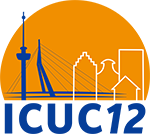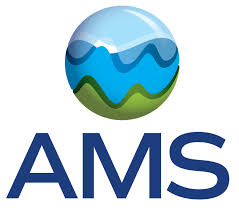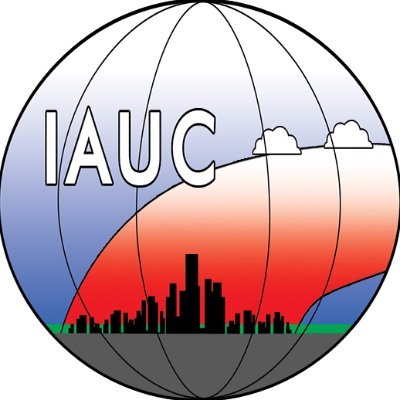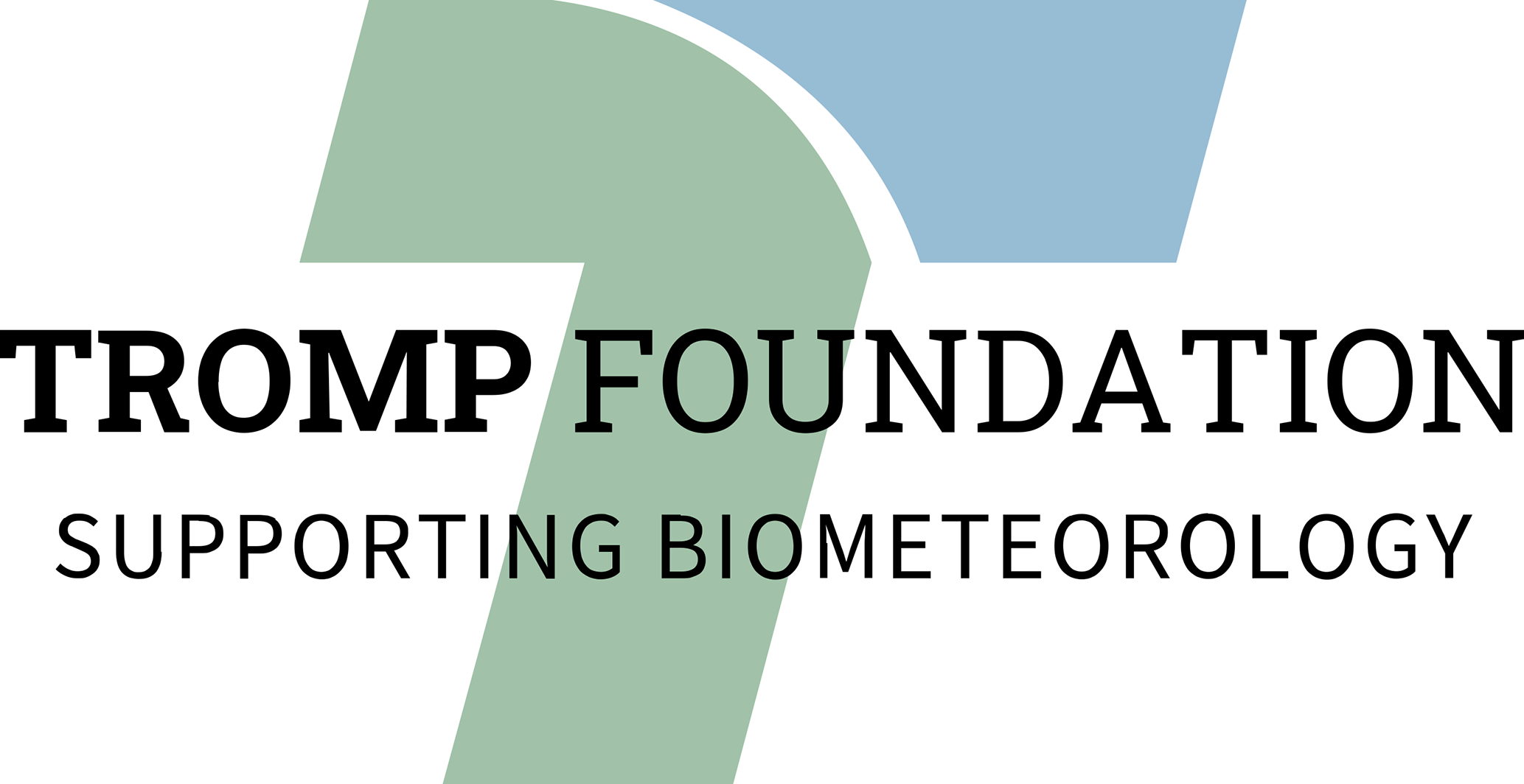Integrated Environmental Observations for Urban Climate Research
Conveners:
Simone Kotthaus,
Andreas Christen
|
Co-conveners:
Matthias Roth,
Steven Caluwaerts,
Stephan de Roode,
Natalie Theeuwes,
Stavros Stagakis,
Natasha Picone,
Tim Nagel
We encourage submissions that demonstrate the value of in-situ observations for addressing specific research questions, validating modeling results, and informing urban climate adaptation and mitigation strategies.
Relevant aspects may include:
• Data integration and analysis: Development of methods for integrating in-situ data with remote sensing observations and numerical models to improve our understanding of urban climate dynamics.
• Other New/Innovative observational techniques or approaches that enhance the understanding of urban climate dynamics.
The session is organised in three chapters
a) Urban boundary layer processes
• Atmospheric profiling: Profile observations of the urban atmosphere (and boundary layer) using in-situ methods (e.g. radiosondes, tethered balloons, UAS)
• Atmospheric remote sensing on ground-based (or also spaceborne) platforms, such as Doppler wind lidars, automatic lidars and ceilometers, differential absorption lidars, microwave radiometers, or infrared radiometers.
b) Microclimates with a focus on the urban canopy layer
• Meteorological stations: Deployment and operation of meteorological stations to measure temperature, humidity, wind speed and direction, precipitation, and other atmospheric variables.
• Monitoring of urban green, blue, and brown infrastructures to evaluate their contribution to mitigating urban heat risks.
c) Surface-atmosphere interactions mostly at local and neighbourbood scales
• Eddy covariance flux towers: Utilization of eddy covariance techniques to quantify the exchange of heat, moisture, or momentum between urban surfaces and the atmosphere.
Urban boundary layer (6 presentations, Thursday 14:00-15:30)
14:00–14:15
|
ICUC12-685
|
Onsite presentation
14:15–14:30
|
ICUC12-322
|
Onsite presentation
14:30–14:45
|
ICUC12-787
|
Onsite presentation
15:00–15:15
|
ICUC12-758
|
Onsite presentation
15:15–15:30
|
ICUC12-902
|
Onsite presentation
Coffee break
Chairpersons: Stephan de Roode, Natalie Theeuwes
Urban boundary layer (5 presentations, Thursday 16:00-17:15)
16:00–16:15
|
ICUC12-938
|
Onsite presentation
16:15–16:30
|
ICUC12-900
|
Onsite presentation
16:30–16:45
|
ICUC12-636
|
Onsite presentation
16:45–17:00
|
ICUC12-903
|
Onsite presentation
17:00–17:15
|
ICUC12-425
|
Onsite presentation
Surface-Atmosphere Interactions (6 presentations, Friday 9-10h30)
09:00–09:15
|
ICUC12-36
|
Onsite presentation
09:30–09:45
|
ICUC12-197
|
Onsite presentation
09:45–10:00
|
ICUC12-1021
|
Online presentation
10:00–10:15
|
ICUC12-1053
|
Onsite presentation
10:15–10:30
|
ICUC12-519
|
Onsite presentation
Coffee break
Chairpersons: Andreas Christen, Natasha Picone
Canopy Layer micro-climates (8 presentations, Friday 11:00-13:00)
11:00–11:15
|
ICUC12-633
|
Onsite presentation
11:15–11:30
|
ICUC12-79
|
Onsite presentation
11:30–11:45
|
ICUC12-779
|
Onsite presentation
11:45–12:00
|
ICUC12-181
|
Onsite presentation
12:00–12:15
|
ICUC12-499
|
Onsite presentation
12:15–12:30
|
ICUC12-115
|
Onsite presentation
12:30–12:45
|
ICUC12-679
|
Onsite presentation
12:45–13:00
|
ICUC12-584
|
Onsite presentation
Lunch
Chairpersons: Tim Nagel, Steven Caluwaerts
Canopy Layer micro-climates (6 presentations, Friday 14:00-15:30)
14:00–14:15
|
ICUC12-130
|
Onsite presentation
14:15–14:30
|
ICUC12-134
|
Onsite presentation
14:30–14:45
|
ICUC12-82
|
Onsite presentation
14:45–15:00
|
ICUC12-25
|
Onsite presentation
15:00–15:15
|
ICUC12-1013
|
Onsite presentation
15:15–15:30
|
ICUC12-170
|
Onsite presentation
Urban boundary layer
Surface-atmosphere interactions
B7
|
ICUC12-1054
Methodology for collecting and processing eddy covariance data of the Tomsk Flux Network
(withdrawn)
B10
|
ICUC12-194
Field Observations of Spatially Filtered Turbulence Using Sonic Anemometer Arrays in Urban Environments
(withdrawn)
Canopy layer micro-climates




